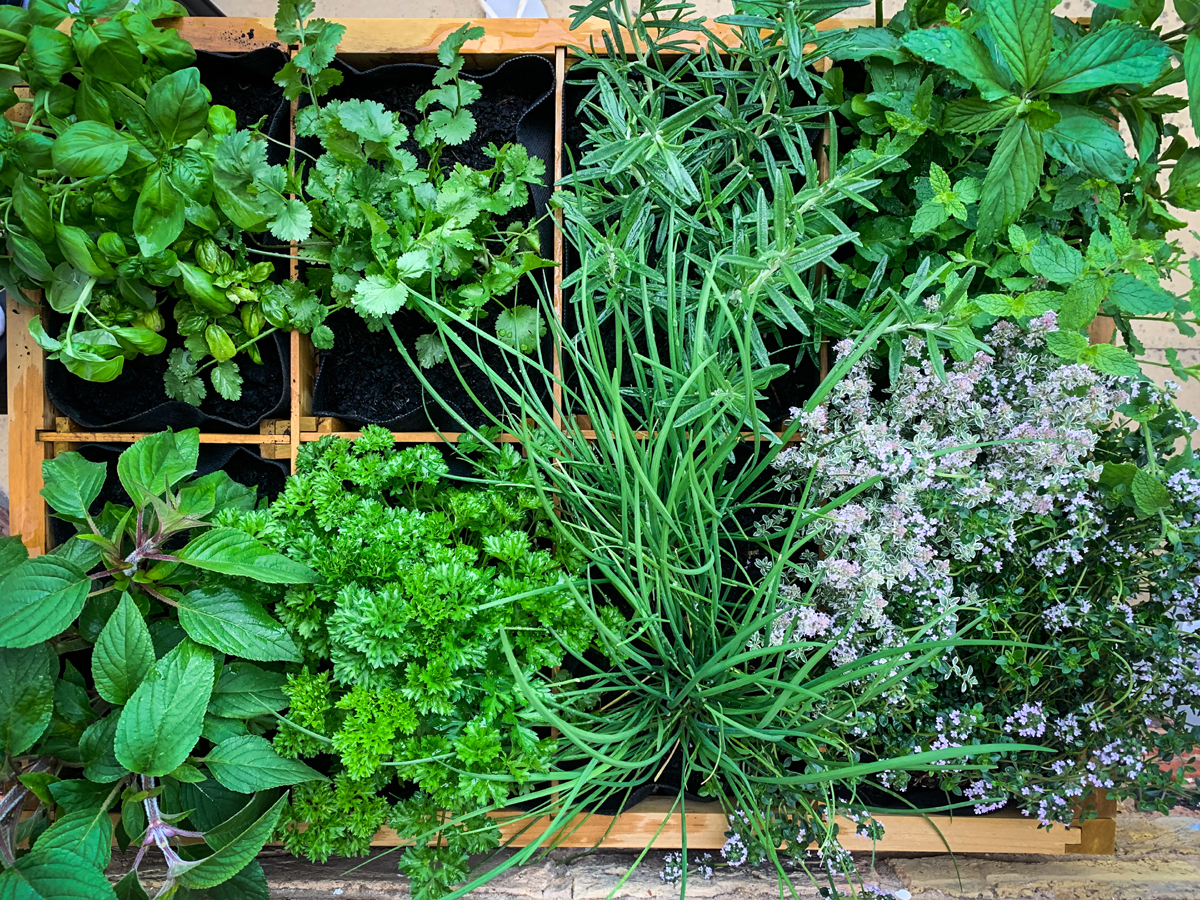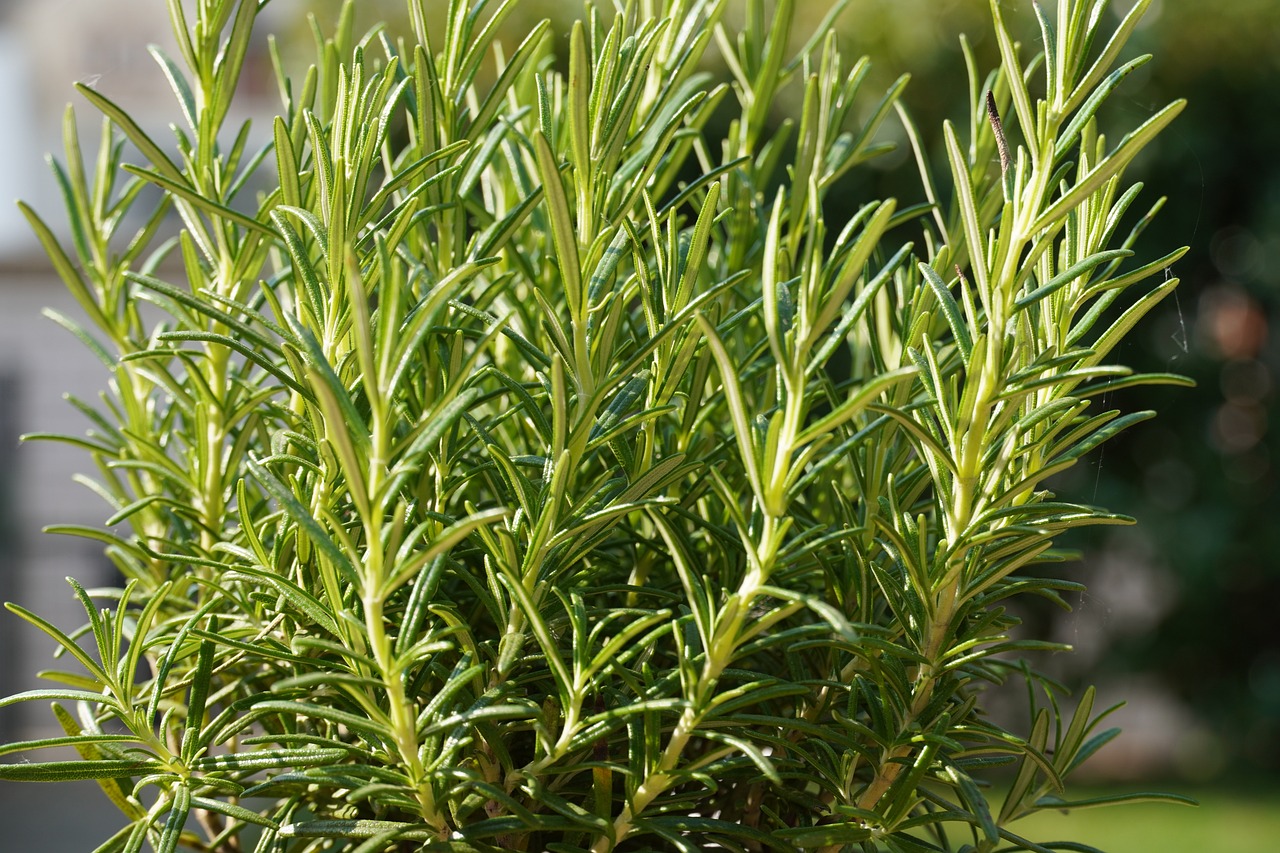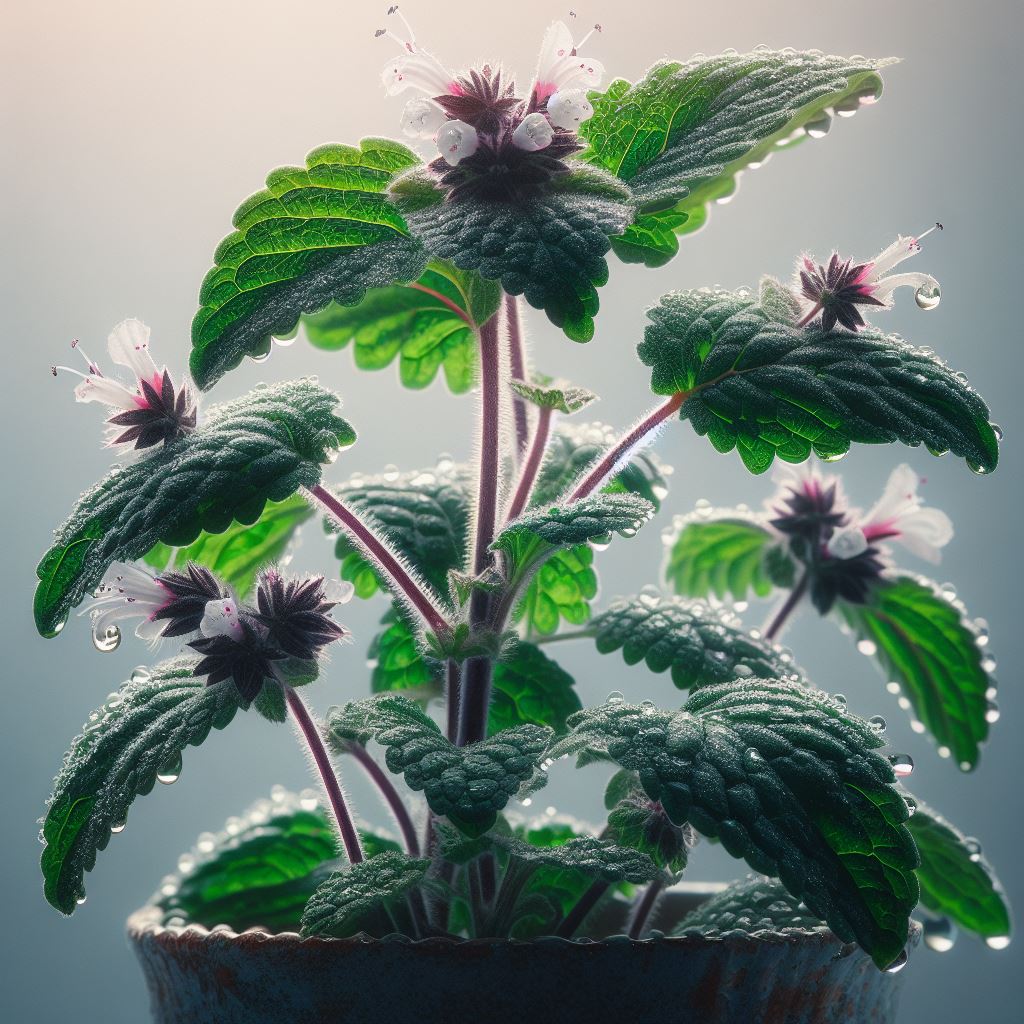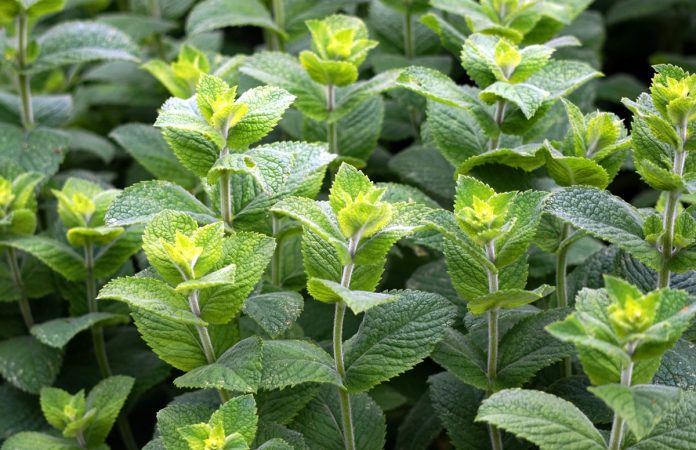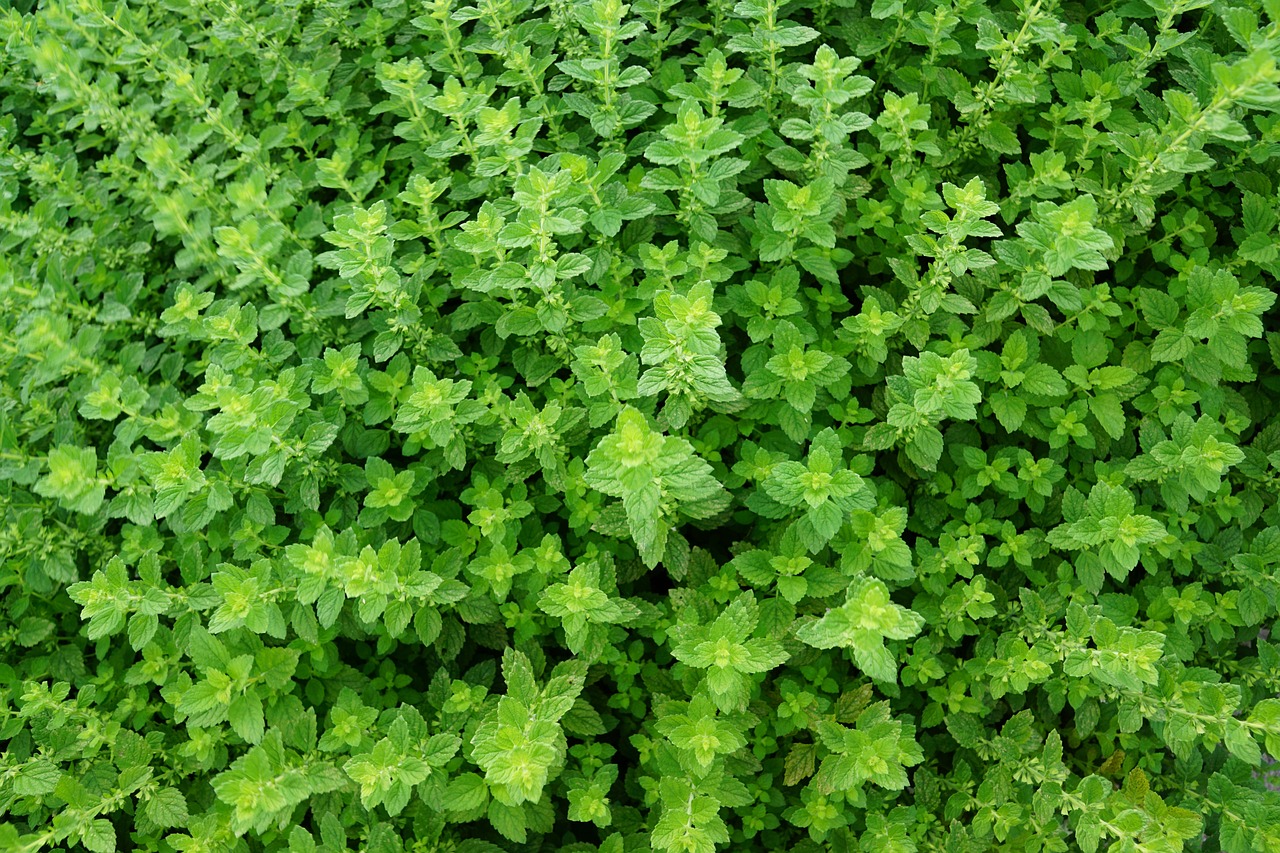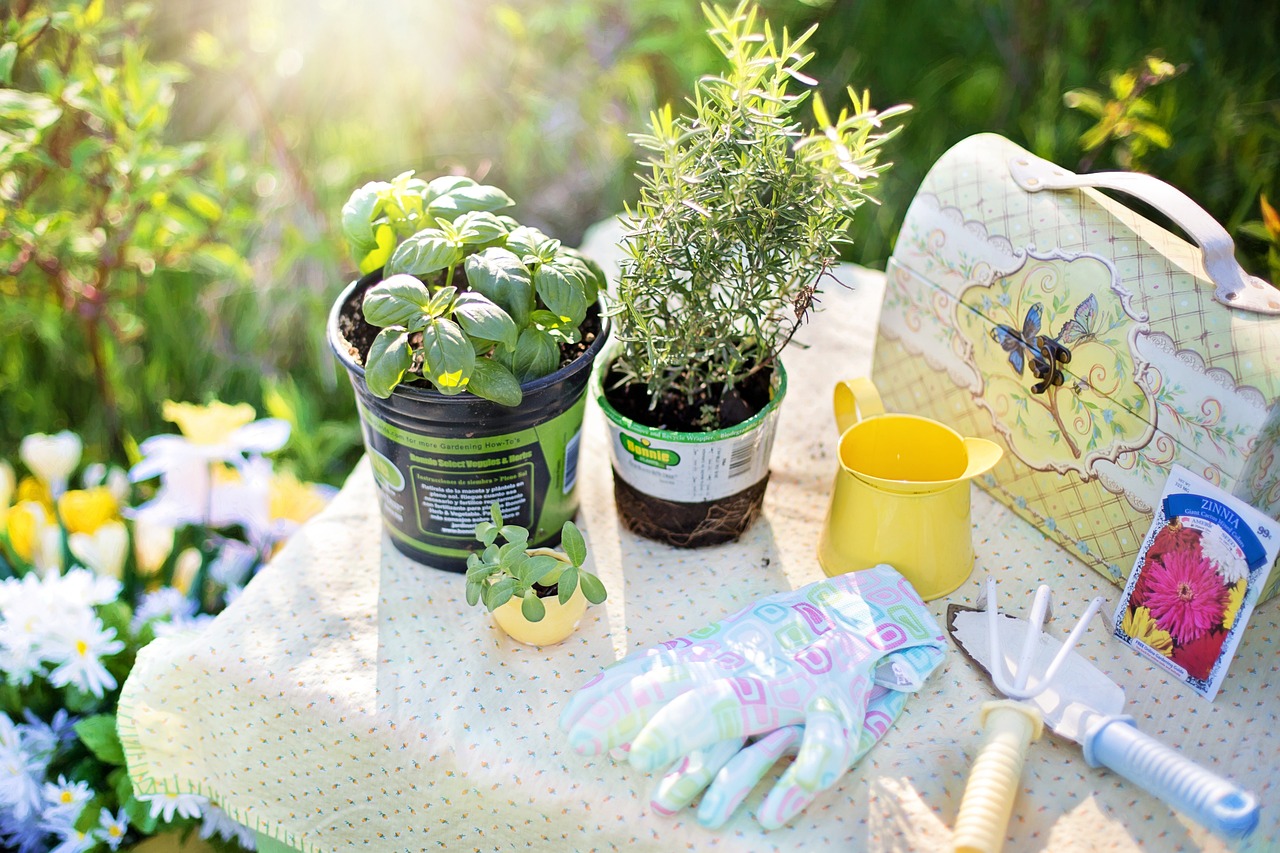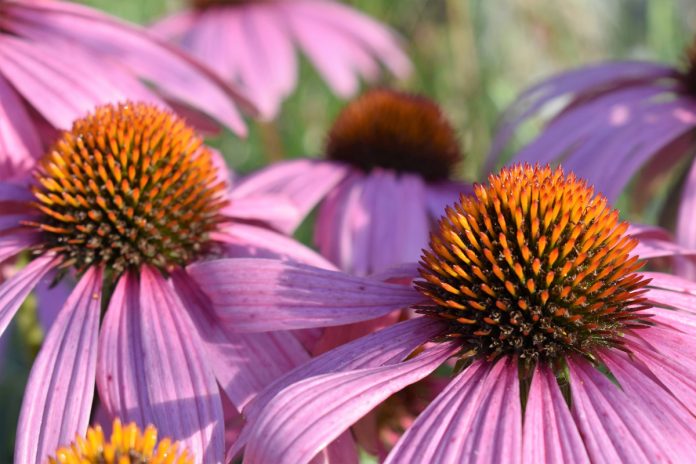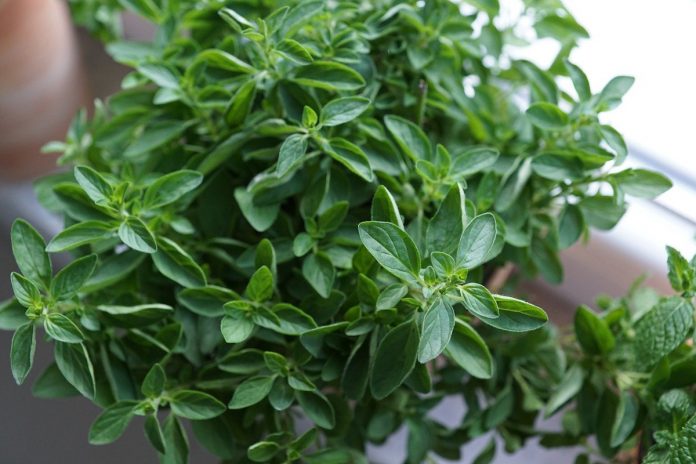Growing Tea Herbs for Health and Pleasure
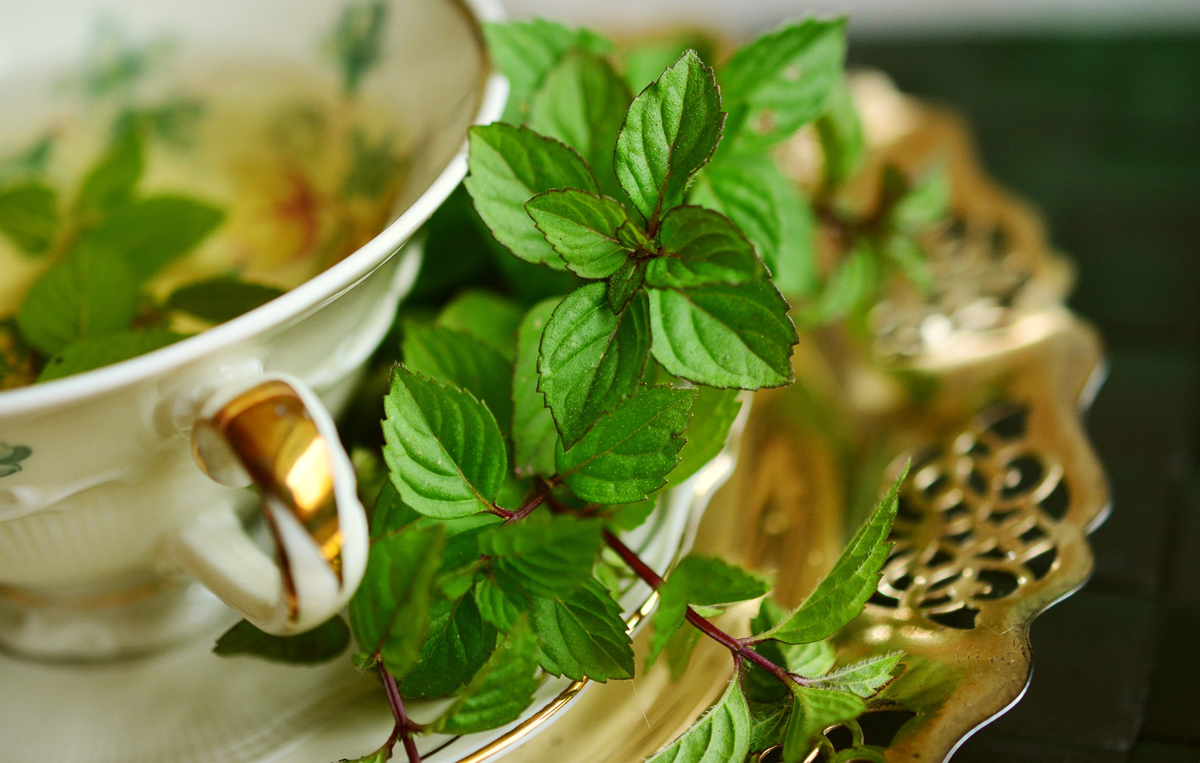
By growing your own tea herbs you can have almost endless variations of herbal teas. Imagine walking into your herb garden on an early summer morning, gathering a few sprigs of spearmint, a leaf or two of pineapple sage, and a sprig of marjoram, and brewing a fragrant tea as a morning wake-up. What could be more invigorating?
Organically grown herbs, handpicked at the peak of freshness, either fresh or carefully dried and stores will beat any commercial herbal tea, hands down. Every day you could take a different combination of herbs and by experimenting, find the ones that suit your palate the best.
The benefits of herbal teas go beyond fresh, invigorating taste. By controlling the growing environment, you can make sure your teas are fresh, pesticide and herbicide free, and processed without additives. They cost next to nothing… just your initial investment in seeds or seedlings. Many of the herbs you grow can be used in a variety of ways, as aromatics, in cooking, as natural remedies, and, of course, for teas.
Herbal teas are mainly made from leaves, but can include flowers, seeds and even the roots of plants. Rose petals, Calendula flowers and lavender flowers make great additions to teas. Caraway and rosehips both make distinctively flavored teas, rich in vitamins. Roots of dandelion and ginger can add restorative and healthy goodness to your teas.
If you’re aren’t sure which herbs make good teas, start with these:
Mint
There are several varieties of this cooling refreshing plant., each with its distinctive flavor. Plant mint in a contained area since its rapid runners will need to be restrained. Mint teas contain active ingredients which support the digestive system, decreasing nausea and abdominal pain and cramps.
Chamomile
This pretty daisy-like herb acts to relieve headaches and induce sounder sleep. The flowers and buds should be dried and used to brew a tea. Chamomile grows in almost any soil, and re-seeds, so care is minimal. Blended with spearmint or lemon balm, it makes a refreshing and relaxing brew.
The Lemon Herbs
Lemon balm, lemon verbena and lemon grass will add a citrus tang to your herbal teas. Lemon balm is useful for cooling fevers, and even makes a cooling lemon drink. Lemon verbena has an even sharper lemon scent and flavor. It is brewed to relieve indigestion and reduce depression. Lemon grass, smelling and tasting mildly of lemons, makes a mild citrus tea, and is a good base for lemonade. All three can be used in combination with other herbs.
Roses
Roses not often thought of as an herb, are used for teas in 2 ways. The bright red hip or fruit make a tea rich in vitamins C and D, and have a very high antioxidant value. The tea can also be used as a natural preventative for urinary tract infection. Rose petals can also be used, fresh, as a fragrant tea ingredient.
Herbal teas can be made by infusing either fresh or dried herbs in boiling water. Keep them covered to prevent the health-giving qualities escaping with the steam. Steeping time varies, so either look up a recipe or experiment with your herbs. Sage and rosemary, for example, have a much stronger and more bitter taste than mild lemon balm or anise-hyssop, so will require less steeping. A strong herbal tea will be bitter, and if the herb has medicinal qualities, may cause unexpected side effects.
The Author:
Gardening expert Nicki Goff

